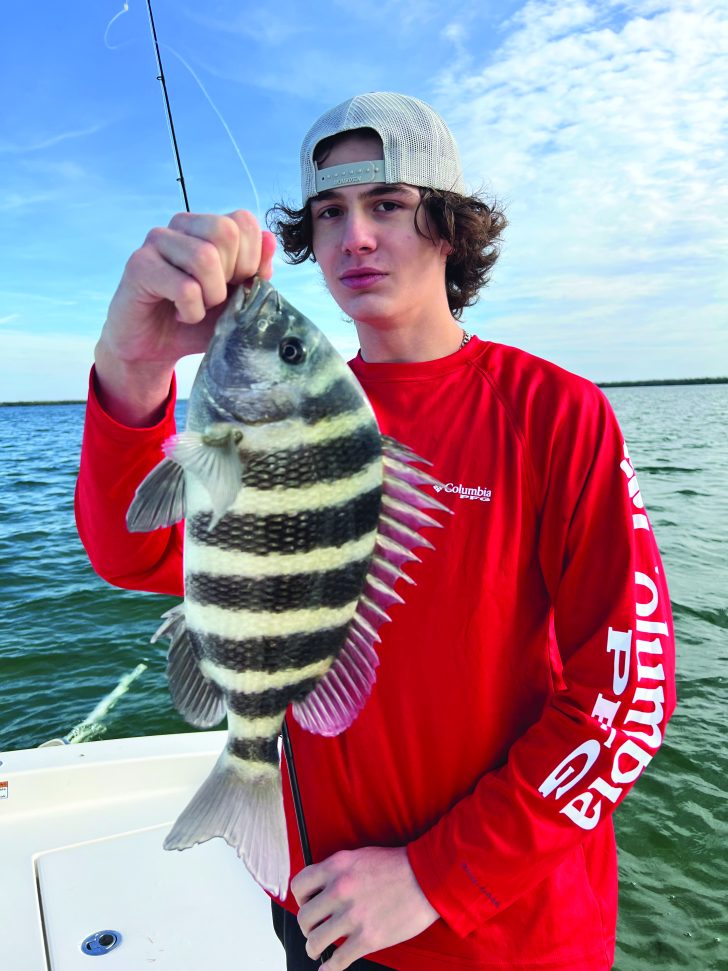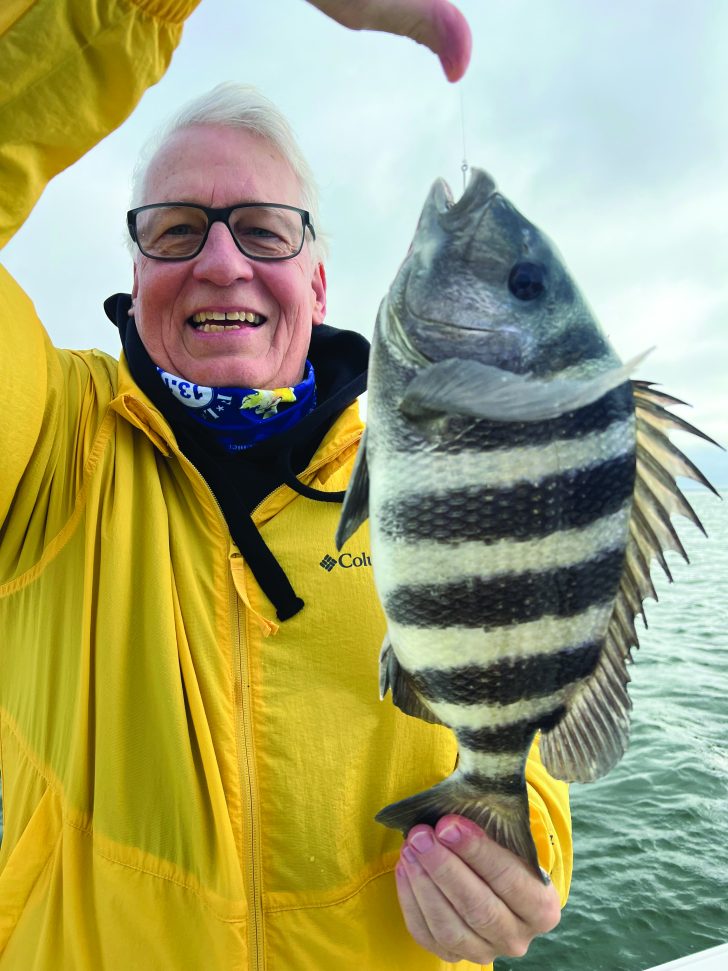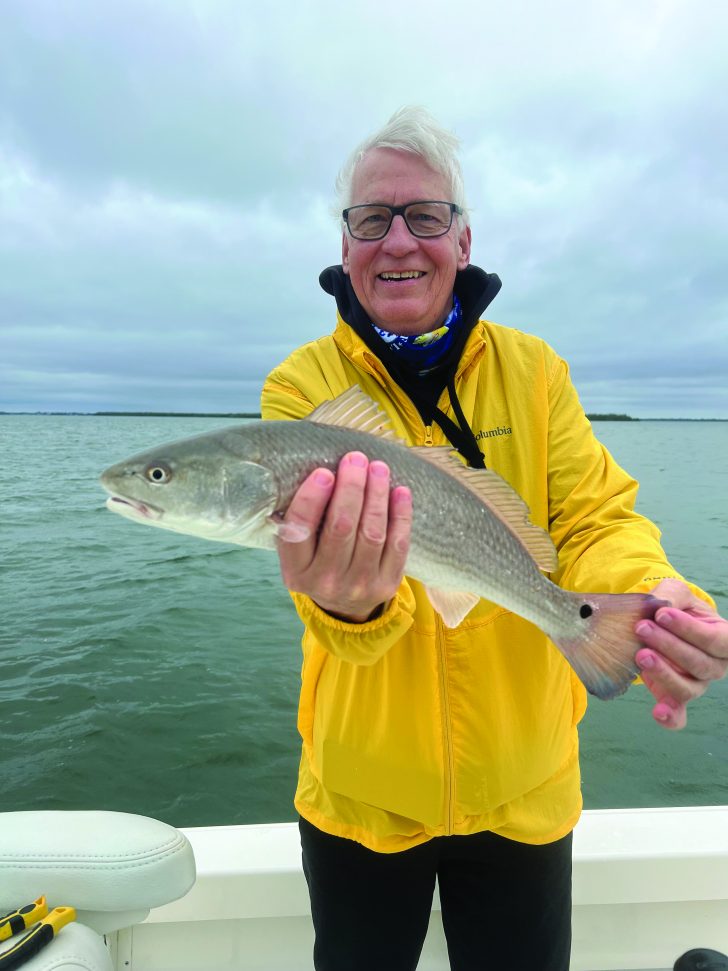By: Capt. Terry Fisher



As mentioned above, sheepshead are not difficult to catch when the ‘bite is on’. Just like all other species, they do not bite non-stop. When these fish go into their feeding mode, they are quite easy to catch. Experienced sheepshead anglers realize that when the feed is on, they are an easy prey. Like most other species, they have a tendency to ‘school’ up. When the smaller fish are biting, the larger ones are usually not active. Conversely, when the larger ones begin to feed, the smaller fish stay out of the way.
Recognizing a sheepshead bite from the other fish is ‘key’ to understanding how and when to ‘set’ the hook (or when to move to another location in search of them, thus getting away from other small pesky fish such as pinfish and baby mangrove snappers). Hard hits are usually baby mangrove snappers and ‘nibbles’ are usually pinfish. When these fish are biting, odds are the sheepshead are not eating or are not in that location. Light ‘tugs’ or gentle ‘pulls’ are sheepshead. Often, they will swim with the bait to the left or right of the initial presentation location. Any of these events trigger the time to remove some of the slack in the line and set the hook.
My bait of choice is small shrimp or the tail of a larger shrimp. Some anglers swear by fiddler crabs, but I have good success with shrimps. They are easy to purchase, use and more cost effective. I also, recommend chumming diced up shrimps to incite more bites and to determine if the fish are there and active. I set my vessel up close to the site I am going to fish, I use light equipment, such as a 7 foot, 8-17lb. test spinning rod and comparable size fitting spinning real. Lighter equipment is easier to fish close to and under structure while offering good action. Load the reel with 10-15lb. test line, attach a #1 or #2 sharp bait hook with a piece of shrimp below a small #5 or #6 pinch weight on a 20-30 lb. leader and you’re in business. The size of the weight should be just heavy enough to keep the shrimp presentation on or close to the bottom of the seabed. Too much weight will prevent one from seeing or feeling a slight ‘tug’ or ‘pull’.
Spanish mackerel have been late to arrive but surely will be in bigger numbers this month. These fish will be in the passes and off the beaches on the gulf side. Live and artificial presentations all work for these fast moving, darting, aggressive fish. They are toothy critters and require heavier monofilament of 40-50lb. leaders or wire lines with a ‘stinger’ hook to prevent a lot of ‘bite-offs’. Look for diving birds and you are likely to find them. If trolling or casting spoons be sure to attach a barrel swivel to prevent line twisting. Any spoon will work, as they resemble a small Pilchard (white bait). Accordingly, I prefer a silver spoon.
Larger seatrout (trout) will begin showing up in the grass flats of 3-6 feet of water. All summer and winter we have been dealing with a lot of smaller trout, but February should offer some larger ones while working the grass flats. Use light tackle in order to enjoy catching both larger and small ‘trout’. Swim baits and top water lures (especially in the early morning hours) will deliver a lot of action during calm days. However, live shrimp, suspended under a popping cork will provide more fish. Spanish mackerel, pompano and lady fish will also join in on the fun while targeting the ‘trout’.
Redfish have been ‘on fire’, especially in early January and hopefully they will remain active this month. Locate them in the same way as sheepshead around structure. Recently, shrimp has been the bait of choice for these game fish.
